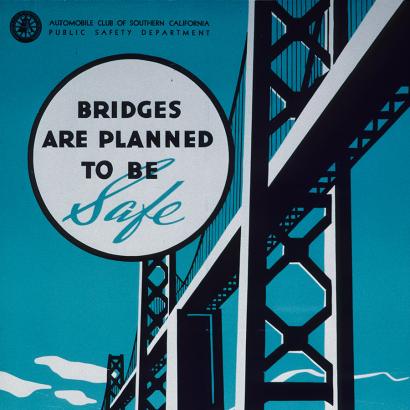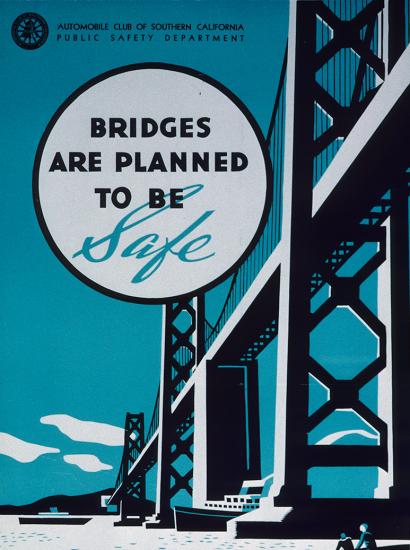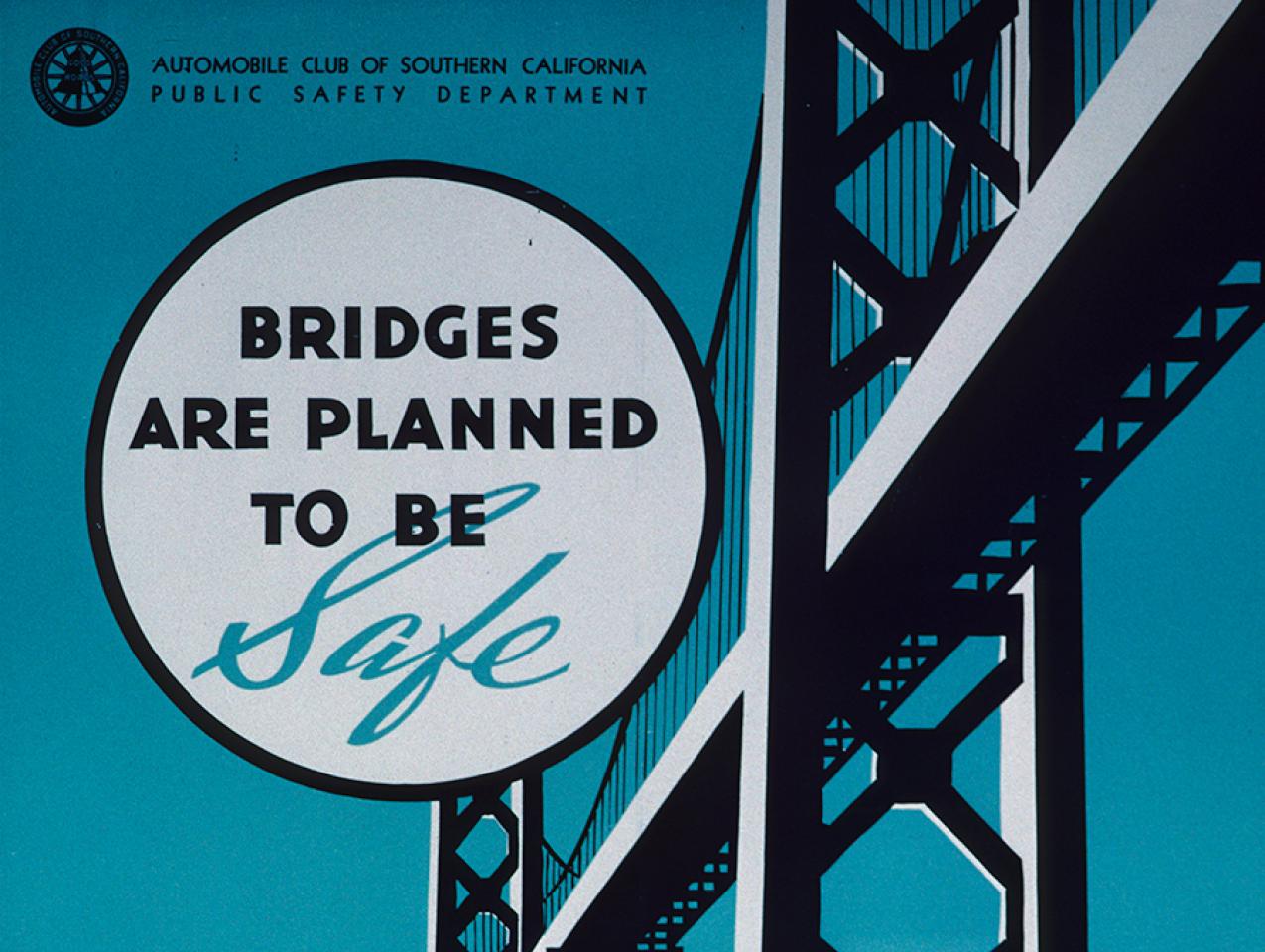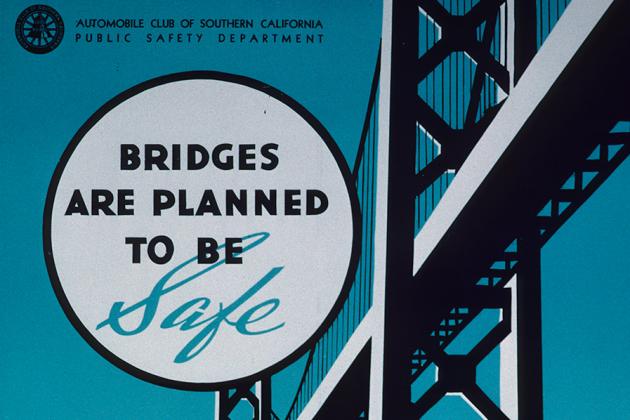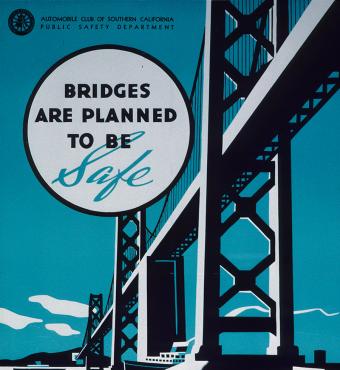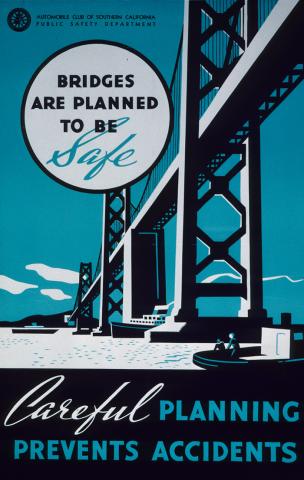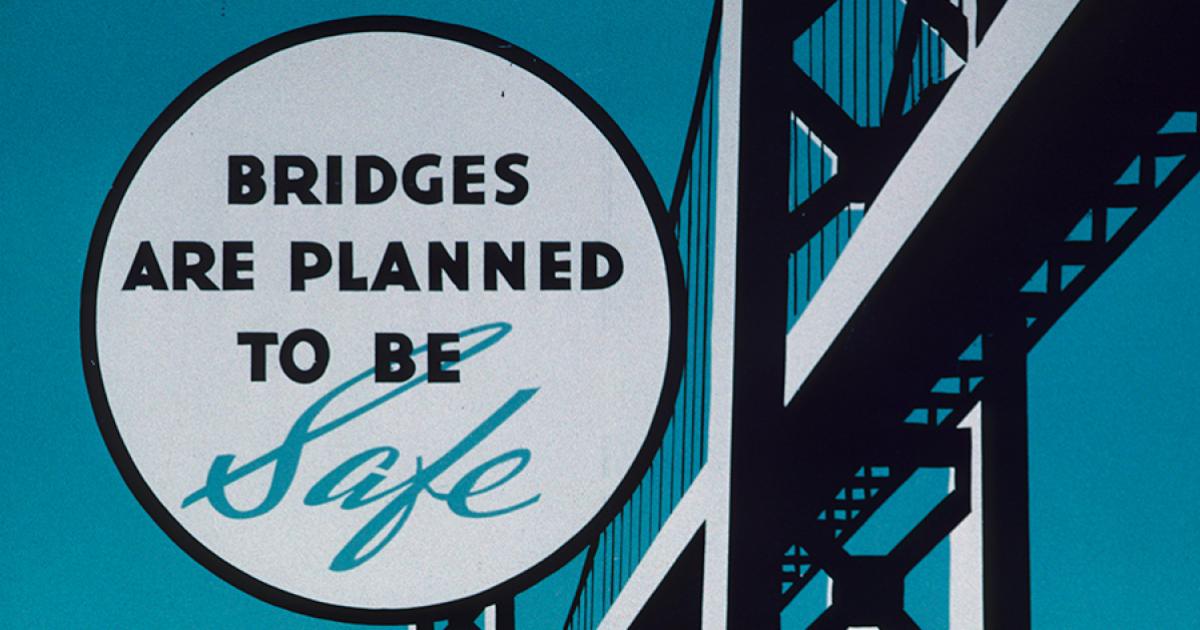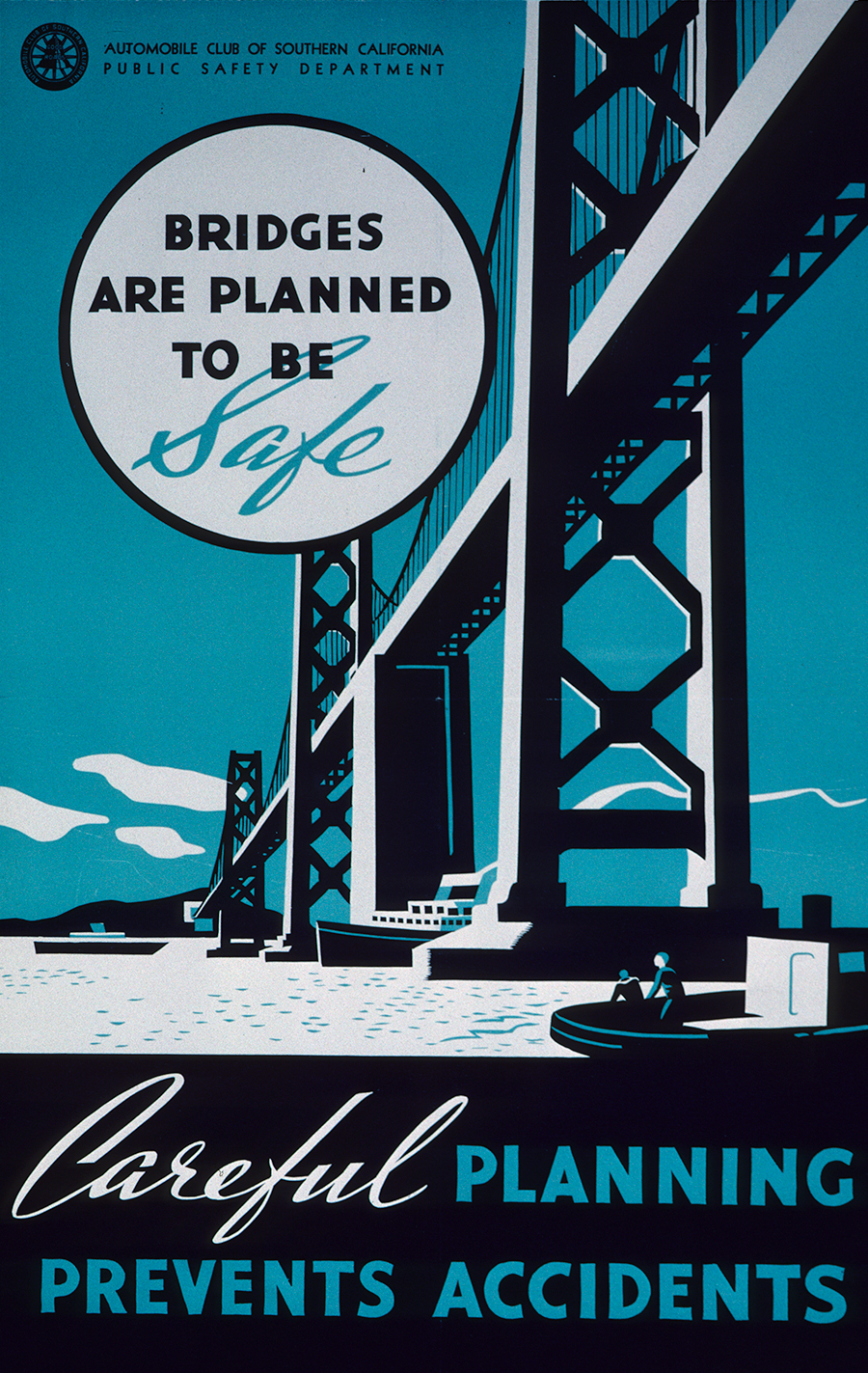
- International Affairs
- Russia

On Saturday a truck bomb that ignited a string of fuel tankers on an adjacent rail line collapsed portions of the twelve-mile, $4 billion bridge connecting the Kerch Peninsula with Russia. Putin ordered the construction of the bridge, which spans the straits between the Sea of Azov and the Black Sea, after Russia’s illegal annexation of Crimea in 2014. Although rail traffic is underway again, trucks for now need to ferry across the straits. A longer-term interdiction of this bridge would leave the rail line running along the northern coast of the Sea of Azov through Melitopol as the only ground link between Russia and Crimea. Absent the road and rail lines linking Russia with Crimea, Russian logistics in the peninsula would become dependent on ferries and transport aircraft, modes of transport which carry significant limitations. Ukraine has not claimed responsibility for the attack, but the targeting of this strategic transportation node fits a pattern of Ukrainian attacks on Russian lines of communication. The liberation of the key communications hub of Izium led to Russian retreat from Kharkiv, while the seizure of Lyman and targeting of the rail hub running through Ilovaisk has placed in jeopardy the logistics of Russian forces defending Donetsk and Luhansk. Attacks on Russian logistical nodes are placing stress on Russian forces in the Donbas in eastern Ukraine and in Kherson, a city strategically located along the Dnipro River north of Crimea.
Targeting enemy transportation nodes and lines of communication to isolate forces at the front has antecedents stretching back to World War II. The most famous example was the Transportation Plan that isolated Normandy from the rest of France in anticipation of the amphibious landings on D-Day, June 6, 1944. Solly Zuckerman, by training an anatomist but by 1944 a member of the Operation Overlord planning group and a pioneer in operations research, recommended that Allied bombers interdict rail lines leading to Normandy by targeting marshaling yards and repair facilities. General Dwight Eisenhower agreed with Zuckerman’s analysis and demanded control over Allied air assets, at one point nearly tendering his resignation when Allied bomber commanders resisted his attempt to control their forces. The Combined Chiefs of Staff settled the argument by giving Eisenhower control over the bomber fleets in the two months leading up to D-Day.
Beginning on April 1, 1944, Allied aircraft pummeled French rail infrastructure, leading to a massive decline in railway traffic. By early May French rail capacity had dropped by half; by mid-May the system operated at only one third of its capacity. By D-Day the French rail network was operating at just 10 percent capacity, effectively isolating Normandy from German reinforcements and supplies moving by rail. Destruction of the French rail network severely stressed the German army in Normandy, which was forced to fight without sufficient quantities of ammunition, fuel, and other supplies.
The Ukrainians seem to have followed a similar conception ever since receiving U.S. HIMARS rocket systems, which have enabled them to target Russian supply dumps and communications nodes far behind the front lines. As Russian forces are starved of the essential elements of combined arms warfare, they become vulnerable to Ukrainian counteroffensives, as the world is now witnessing in the Donbas region and around Kherson.







